

Pieter Spohr has 43 years of experience in international, industrial, high-end R&D driven innovations, including up scaling, product development and corporate market introduction.
Marianne Keizer, his spouse and co-founder, has 35 years of experience in building professional office structures in companies and public-private organizations.
In 2010 Pieter and Marianne founded the PWN subsidiary PWN Technologies BV, with the aim to build a sustainable and profitable multinational group in water technologies. Pieter was the CEO as well as the CFO and COO until May 1st, 2013 at which time he handed over the CEO position to his successor, who had been prepared for that position by Pieter for more than a year. Until the end of 2013, Pieter assisted his successor both as CFO and COO as well as Managing Director for PWN Technologies Singapore Pte Ltd. Marianne assisted in building the new office structures in the new company in the years 2010-2011. Until 2014 she assisted in bringing efficient telecom procedures and structures to PWN Technologies.
From 1986 until 1990 Pieter was one of the directors of the Physics, Electronics Laboratory TNO. He was responsible for up scaling the innovations and product developments in the ICT, physics and electronics markets.
Until 1993 he was Managing Director of the Physics, Electronics Laboratory TNO, comprising 600 top scientists in radar systems, electro-optical sensors, mathematics and ICT. After 1993 he was active as the vice-president Marketing and Strategy of TNO, supporting the Board of Management of TNO and as such dealing with national and international innovation programmes on civil engineering, biotechnology, sustainable technologies, water treatment, water management, ICT, etc. In 2000 he left TNO and continued as an independent entrepreneur starting up his own companies in commercializing product innovations. He built several international companies and sold some successfully after their start-up. Marianne worked until 1993 in TNO (The Hague and Delft) until 1995 in Koning & Hartman (Delft) and after 2000 together with Pieter in his start-ups.
Pieter has a Master of Science degree in Mathematics of the TU University of Delft, and a degree in Civil Engineering and Hydraulics at the Hogeschool of Utrecht. Pieter was an Army Officer in the Royal Netherlands Army from 1967 for two years. In the early sixties Pieter worked for several civil engineering contractors as a project manager. Marianne had several professional courses and practical internships in professional secretary and office services in the seventies and eighties.
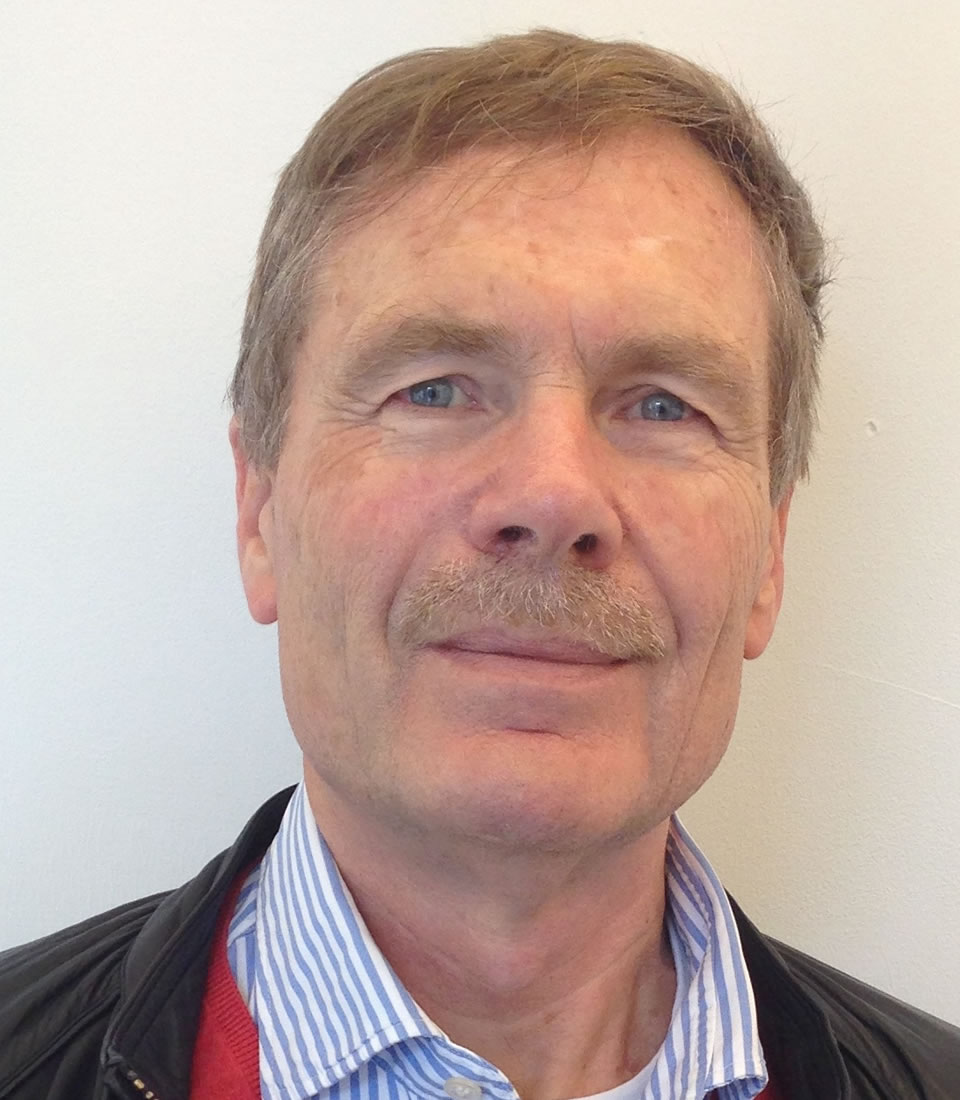
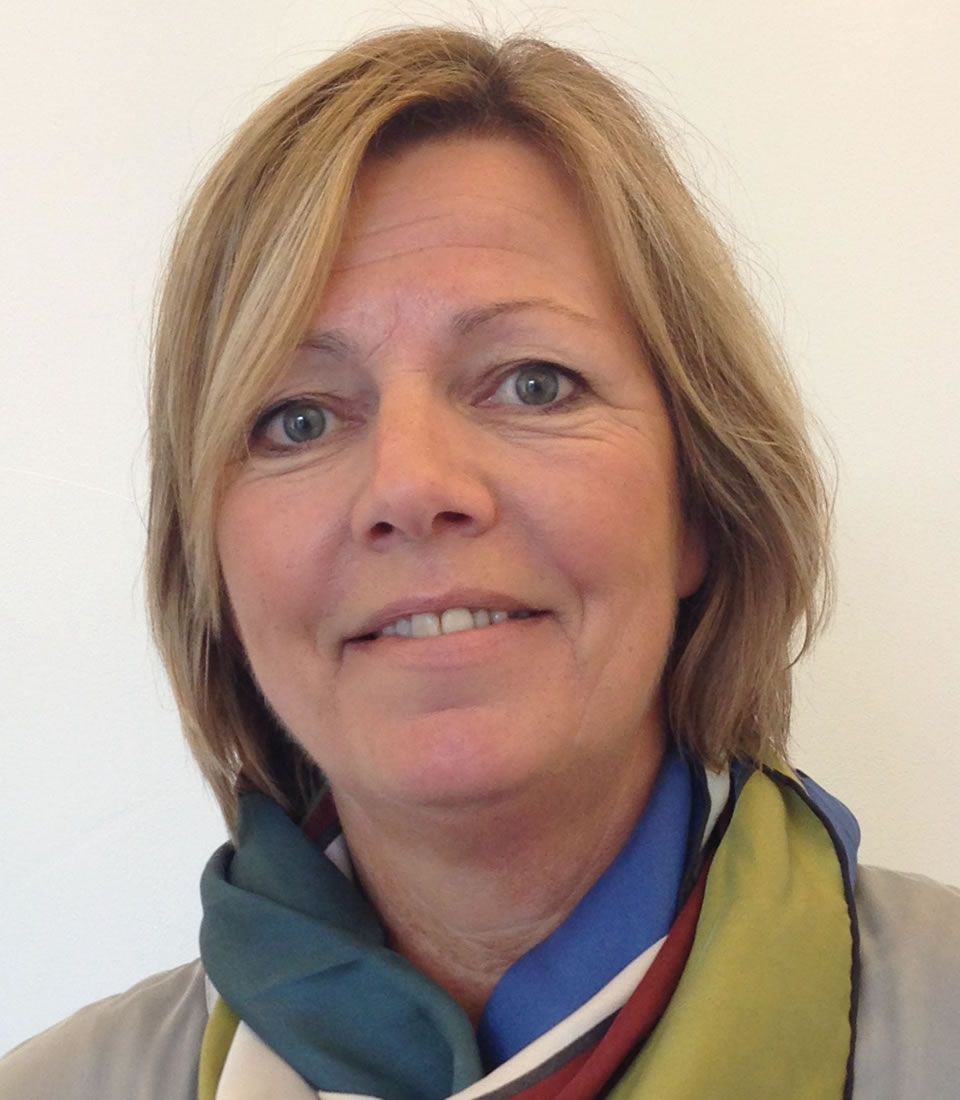

PWN Technologies is an innovation engine in water treatment. One that can solve the challenges of water supply companies, offering innovative solutions including suspended ion exchange treatment, ceramic membrane applications and advanced oxidation. In addition it also provide sustainable solutions for drinking water production in emerging countries. Continue reading »
Nederland BreedbandLand (Netherlands Broadband Foundation NBL) was the national independent platform that stimulates socially and economically relevant sectors and helps to make a ‘better and smarter’ use of broadband. As managing director, Pieter focussed on best practices that demonstrate that broadband offers solutions to improve business processes. Continue reading »
A better, more complete supply and dissemination of successful business examples were the reasons for Cisco, Getronics, HP, Microsoft, KPN and Logica CMG to participate in the Mobility Platform. Continue reading »
As from November 2001 Pieter Spohr has inherited the position of Director GigaPort from his predecessor and founder Jacqueline Tammenoms Bakker. At that time GigaPort was a public-private partnership in the field of state-of-the-art broadband network infrastructures. Continue reading »
After being an Army Officer in the Netherlands and his education on Civil Engineering and Hydraulics on Polytechnic level in Utrecht, and several technical and managerial project orienteering jobs in civil engineering with contractors, Pieter started a University Study on both Civil Engineering and Mathematical Engineering at the Technical University Delft. Continue reading »
From the year 2000 onwards (the year Pieter left TNO), Pieter and Marianne have collectively formed a number start-ups, including EMFORE, 4TEC, EMSOLVE and NBL Innovations. Continue reading »
Recently, SPOHR Innovations is actively investing in young, promising companies with potential such as:
Lite/Dark BV, a company that focusses on “healthy fresh juices based on fresh fruits, dark chocolate and so-called super food concepts.”
iTZiT Crossmedia Creators, a company using advanced multimedia concepts to visualize difficult or complex messages and strategies. This company is on the verge of an international breakthrough. Continue reading »
Throughout the world, there is a need for low-maintenance and easily installed package treatment systems that produce safe drinking water. The Perfector designs facilitate the treatment process of surface water into pure potable water, ranging from small, portable installations to full size installations. The designs are simple and up-scalable, have low energy and chemical consumption, are easy to operate, have extremely low maintenance costs and are based on proven designs. A large number of reference cases of the Perfector designs are available in Indonesia and Vietnam.
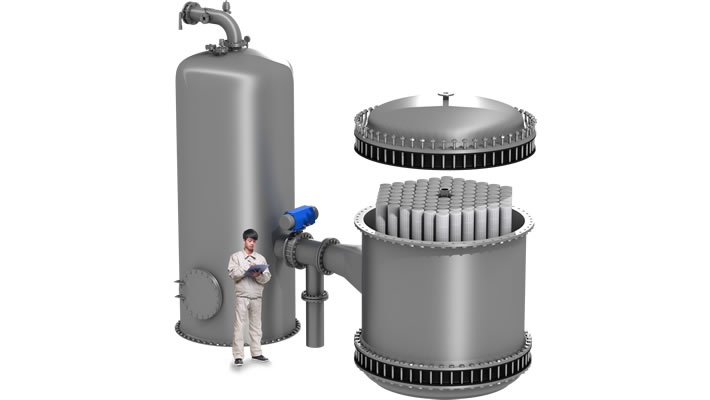
PWN Technologies has developed the revolutionary C-series based on its proven ceramic microfiltration block system CeraMac®. With different vessel sizes that closely match the flow requirement, the C-series delivers improved energy efficiency and operational performance.

Organics removal has become a very high priority in water treatment. SIX® has been designed to address this priority. The philosophy of the SIX® process is based on an advanced plug flow reactor followed by a specially designed lamella settler. The settled resin is then completely regenerated and reused. The continuous (modeled) adsorption process operates under stable kinetics.
SIX® has been designed as a highly compact system, with lower resin concentration and lower resin inventory, lower salt usage, higher effluent quality and better control of the adsorption process than any other system available. Furthermore, all available resins from any supplier can be used in SIX®. This is cutting edge technology, which is proven and validated as well as completely controllable.
CeraMac® is a well-designed and engineered filtration process based on ceramic membranes. Several problems common to the filtration process have been solved with new solutions based on advanced R&D and large scale demonstration testing. This has produced a totally new design, with a far more compact footprint, lower energy consumption, more reliable operation, lower maintenance and more productivity, and at lower costs than existing membrane systems. The application of CeraMac® results in a significant improvement in filtration processes and enables a large-scale introduction of ceramic membranes on the market.
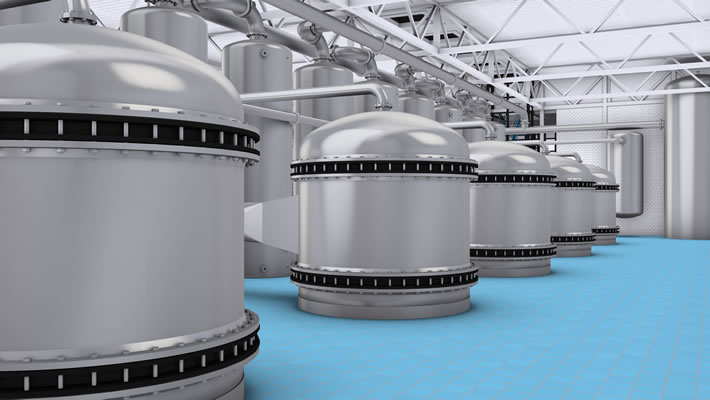
The Andijk III plant in the Netherlands is based on PWN Technologies’ SIX® (Suspended Ion eXchange) and CeraMac® (ceramic membrane filtration process). It will produce water of a better quality with lower environmental impact and decreased energy consumption. Andijk III has a capacity of 5,000 m3 per hour or 120,000 m3 a day.
SIX® removes water turbidity (dissolved organic substances, nitrate and sulphate). SIX® also ensures that the ceramic membranes are not contaminated too quickly. The passage through the ceramic membranes is the next phase of the treatment process. All particles larger than 1/10,000th of a millimeter are removed.
Ceramic membranes last longer and are more reliable than polymeric membranes. CeraMac® is the first design that can compete with polymeric membranes in terms of price. The treated water may still contain a quantity of hazardous substances, such as pesticides, viruses or drug residues. That is why advanced oxidation is used after the CeraMac® process, which uses a combination of UV and hydrogen peroxide to render these substances harmlessly. Since the clarity of water has increased thanks to SIX® and CeraMac®, considerably less energy is required for UV treatment. Finally, an active carbon filter removes the remaining substances from the water, making it fit for consumption. Andijk III is a showcase of innovation and will be fully operational in 2014.
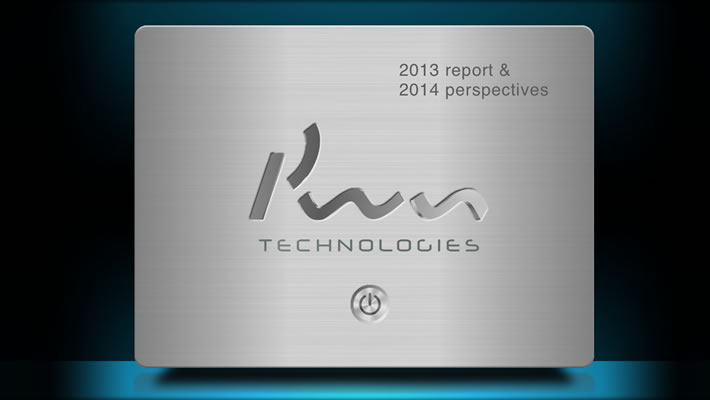
2013 Report & 2014 Perspectives
Continue reading »
2012 Report & 2013 Perspectives
Continue reading »
2011 Report & 2012 Perspectives
Continue reading »
In May 2013, the agreed moment arrived for Pieter to step down as the CEO of PWN Technologies and hand his position over to his successor, whom he prepared during the last 2.5 years. At the express request of his successor and the Shareholder PWN, Pieter consented to keep the operational and financial portfolios. His contractual period as founder / developer of PWN Technologies was formally closed in December 2013 when his successors were appointed for the positions of CFO (Chief Financial Officer) and COO (Chief Operations Officer).
Marianne stepped down as Office Manager in 2011 and as Telecom Manager in 2014.
Broadband promised a more efficiënt and better healthcare, an increased harmonization between education and the social trend of the ‘digital lifestyle’, whereas the SME entrepreneur was able to manage his business in a more efficiënt, safe and cost-effective way.
NBL was scanning socially and economically relevant sectors for potential broadband innovations: broadband cases that may develop into the best practices and allow national up scaling within any relevant sector. NBL didn’t reinvent the wheel of innovation. A successful application or best practice may have the potential for broad and trouble-free use. NBL did help in bringing such best practices to a national scale. The successes were anchored at branch organizations of specific sectors.
NBL shared the knowledge gained through seminars, workshops or just by doing and showing it.
Being an independent platform, NBL brought together the authorities, organizations and market players in order to accelerate — together and often in a public-private partnership — the use of broadband services and broadband infrastructure. Simply by doing it.
The red line of NBL activities was formed by communication and innovation by peers. The main theme is sharing of knowledge and experiences in the field of a ‘better and smarter use’ of broadband.
We are so often stuck in traffic. Are there smart solutions? Broadband services make new forms of work and travel possible.
Broadband Applications benefit all generations. From comfortable life, to care and support to remain independent.
Due to serious gaming, youth learn about nature and sustainable conditions.
English lessons from a webcam teacher? Miss Rose can not get to school due to her illness, but broadband enables her to teach her class in The Hague from her home in Rotterdam.
Oncology specialists collaborate with government and ICT industry (NBL) for tele-consultation.
Pieter, Marianne and the NBL team have worked on the concept of the CONNECTED CAR, using the concept “Internet of things”. A connected car is a car that is equipped with internet access, and usually also with a wireless local area network. See also Wikipedia. This allows the car to share internet access to other devices both inside as outside the vehicle. Often, the car is also outfitted with special technologies that tap into the internet access or wireless LAN and provide additional benefits to the driver. Examples include: automatic notification of crashes, notification of speeding and safety alerts.
Typically, a connected car made after 2010 has an head-unit, infotainment unit, in-dash system with a screen from which the operations of the connections can be seen or managed by the driver. Types of functions that can be made include music/audio playing, smartphone apps, navigation, roadside assistance, voice commands, contextual help/offers, parking apps, engine controls and car diagnosis.
In October 2003 the then Minister Laurens Jan Brinkhorst in The Hague introduced Mobility Platform — an initiative from the ICT industry association and The Netherlands ICT — where providers and users of mobile and wireless communications working together. Pieter Spohr was the director of this platform. Marianne Keizer organized the mobile office structures for the platform and its clients. “We want to show what can and cannot be done with mobile data, we are not there to promote the individual operators,” according to Pieter.
One of the main objectives of the Mobility Platform is to spread practical knowledge about mobile applications and data applications. At that stage the knowledge and capabilities among users and providers of mobile broadband was very disappointing.
During that period a negative tone was set in society and government because of the UMTS auction in The Netherlands and surrounding countries. The so-called ‘M-Commerce’ failed to happen and that did not benefit the mobile communication image.
Over that period, the mobile data market consisted predominantly of solutions based on the GSM network, with forays to GPRS. Mobility Platform would accelerate this movement towards UMTS. Pieter said: “We want to show what can and can not do with mobile data. What we show are examples of what is possible with mobile broadband technology.”
The initiative for the Mobility Platform has been taken by the ICT industry association. As a result, the composition is wide. In addition to operators, system suppliers and service providers, the platform has always had a strong presence in the national government. The government was / is extremely interested in innovations. Moreover, the government is a major market for these providers.
Back then they were working on toll transponder onboard computers and systems, yield management, mobile banking, etc. All around the so-called ‘Best Practices’. Pieter said: “The problems were not in the so-called ‘business cases‘, but rather in the cooperation between market beyond their borders.”
Mobility Platform was created with ten ICT companies as founding members, who funded €30,000 each. The budget of €300,000 should reached one million euro in the future. The aim of the platform was to show how mobile applications can lead to productivity improvement and cost control. The activities are organized around vertical markets such as utilities and business services. The platform lasted for two years (2003–2004). In 2004 the Mobility Platform became part of Nederland BreedbandLand (NBL).
Director Pieter Spohr stressed that the platform would demonstrate existing mobile technologies and business cases from participating companies, but also from parties who are not affiliated with the platform. The platform was supposed to be independent, for the purpose of expanding mobile opportunities in the market. The platform was a bridge between suppliers of mobile Technologies, the government and Research institutes in the Netherlands.
Furthermore, the platform would provide a bridge between providers, government, research institutions and customers. This was necessary because ‘mobility’ had a negative image at that time. Customers were unclear what the added value was of many solutions. Moreover, the underlying infrastructure was percieved as complex and expensive. Communication and education were therefore the most important activities to rectify that negative image.
Minister Brinkhorst said that the government attached strategic importance to the development of broadband in the Netherlands. The government would have a strong role to play. The government would like to put its ‘Broadband flywheel’ into motion.
As from November 2001 Pieter Spohr has inherited the position of Director GigaPort from his predecessor and founder Jacqueline Tammenoms Bakker. At that time GigaPort was a public-private partnership in the field of state-of-the-art broadband network infrastructures. Primary goal of this project was to create and finding ways to implement a profound broadband internet network on a national scale. Although such a project is always finite (running until 2003) the challenge was to let these broadband internet structures become ‘a necessity of life’ in the social and economic system.
Within budget a complete test network was established with ‘managed dark fiber’, so that knowledge and experience could be gained with ‘lambda networking’ in the Netherlands. With this the Netherlands has acquired a strong position in international organisations such as SURFnet and the Telematics Institute during that period.
Although occasionally participating companies had trouble with the public-private nature of the cooperation with the government on the basis of ‘tenders’, it was a classic example of a successful project on a national scale. Especially for companies, developments and the emergence of profiling capabilities went swiftly and sometimes they couldn’t keep pace. At times companies wanted to earn back their investments on outdated infrastructures: a general problem in the Telecommunications industry.
GigaPort has led to a national testing ground in the area of broadband Internet. This experiment has put the Netherlands on the international map in 2003. Gigaport has been at the basis of the ‘fiber to every house’ movement. With this project ‘public-private’ was able to show the social and economic impact of broadband internet for a country like the Netherlands.
The aim of the public-private project GigaPort was to roll out ‘Broadband for all’ into the fabric of society. The project started in April 1999, conducted by Jacqueline Tammenoms Baker. Her role was passed on to Pieter who became Director of GigaPort in November 2001. GigaPort is a cooperation project of the corporate sector, the Surf Foundation and the Telematics Institute. Pieter decided from the start to build on the existing GigaPort success: the development of a state-of-the-art broadband network infrastructure. A network structure that would put The Netherlands on the leading edge internationally up to the present day.
The targets were achieved and a number of developments went beyond their initial goals and were completed within budget. In 2001 there was a test network with ‘managed dark fiber’, so that experience could be gained with ‘lambda networking’ in the public and private domain.
The problems that Pieter experienced did not originate from the network, but were rather on the application side. Many companies that were initially enthusiastic, were more cautious along the way. The unfavourable economic tide at that stage certainly had its impact. For various private parties, developments in the broadband domain simply went too fast. That applied for both participating companies as well as sideline businesses.
The latter group of companies often felt left out in this project, funded largely by the government and large corporations. It was found that GigaPort just went a step too far, and pointed to the project as the cause of their declining business. Participating companies were often defensive and wanted return of their investment in broadband first.
Pieter has had to rely on his connections in business and his international experience in application development significantly. He had open up the broadband market, by showing that broadband internet works for businesses internationally. GigaPort was in fact a great testing ground for both the broadband infrastructure and highly practical broadband applications. A complete lab environment at national level and even within the grasp of consumers. That was of great commercial importance and social beneficial for GigaPort.
We have shown with GigaPort what broadband is, what it meant for society and why it is wise for the government and industry to invest in it. The final conference on 12 May 2003 and the last conference of the ‘meeting of the minds’ on September 9, 2003 demonstrated a great deal of interest. In the latter conference Pieter expressed his last public communication.
Minister Laurens Jan Brinkhorst launches the Mobility Platform in The Hague next week, an initiative of Nederland-ICT where providers and users of mobile and wireless communication collaborate. The aim of the platform is to spread knowledge about potential mobile solutions. Computable spoke with director Pieter Spohr on the strategy of the platform: “We would like to show what can be achieved with mobile data communication, but not to promote individual operators.” Continue reading »
After being an Army Officer in the Netherlands and his education on Civil Engineering and Hydraulics on Polytechnic level in Utrecht, and several technical and managerial project oriënterend jobs in civil engineering with contractors, Pieter started a University Study on both Civil Engineering and Mathematical Engineering at the Technical University Delft.
He started as a Principal Scientist Mathematical Models ( System Dynamics and Spatial Statistics) at The Physics Laboratory TNO IN 1975. In 1980 he got appointed as the Head of the TNO Science Division on Operations Research and Mathematics in the Physics and Electronics Laboratory TNO, in which laboratory he got the Technical Director in 1986 and the Managing Director/General Manager in 1990. In the last position he was responsible for a portfolio of 80 million guilders/year at that time.
In 1993 he left his laboratory to be the Vice-President Marketing and Strategy of TNO, reporting to the Chairman of the Board of Management of TNO, and in 1997 for Crossmedia and Telecommunications. Responsible for the development of professional marketing and business development policies and modes of operation for the 5.000 scientific professionals in the TNO organization.
Also for the export policies to and premises in Japan, Singapore and Malaysia, Central Europe and the West Coast in the US. He started the business representations of TNO in Singapore, Tokyo and the West Coast (Palo Alto).
At this period in time Pieter has built many years of experience in international, industrial high-end R&D driven innovations, including upscaling, product developments and corporate market introductions. From 1986 until 1990 Pieter was responsible, as one of the directors in TNO for upscaling R&D results into market ripe innovations and product developments. Until 1993 he was as a Managing Director of the Physics and Electronics Laboratory TNO, comprising 600 top scientists in radar systems, Electro-optical sensors, mathematics and ICT. After 1993 Pieter was active as a VP Marketing and Strategy TNO, reporting directly to the Board of Management TNO and as such dealing with all kind of international innovation programmes on civil engineering, biotechnology, sustainable technologies, water treatment, ICT, gaming, etc.
In 2000, Pieter formally left the public organization TNO by joining EMFORE BV, a joint venture of TNO and what was then CMG (upcoming part of Logica Ltd).
In 2000, CMG and TNO felt the need to jointly examine which business could be started in which markets using mobile telecommunications technology. This mobile technology offers opportunities to start mew mobile products and services in different markets.
At that time EMFORE BV had a technology base at TNO at its disposal and possessed the entrepreneurial skills of CMG. Technology and entrepreneurial skills combined!
The business model involved providing consultancy services to companies and organisations in the so-called M-commerce. At the end of 2001 a difference of opinion emerged between the two shareholders about the policy implementation of EMFORE BV, which eventually led to the unfortunate dissolution of the company.
4TEC was started by four entrepreneurs and led by Pieter while Marianne managed the back office. The company focused on middleware for ad hoc communication networks. In 2006/2007 4TEC was successfully sold to a multinational with headquarters on the West Coast of the USA.
EMSOLVE, a service run by Marianne and Pieter in the ICT services was sold to TNO.
NBL Innovations, a new business development company, led by Pieter, served as a platform to generate new opportunities for large, medium and small IT companies in the field of broadband communications. This company operated successfully until 2011 when SPOHR innovations incorporated all remaining activities, resulting in the termination of NBL Innovations.
Amstelveen, 2 November 2000 - TNO and CMG announce the creation of EMFORE, a joint venture in the field of strategic mobile-business (m-business). EMFORE will provide advisory and IT architectural services aimed at assisting organisations to make use of the opportunities offered by mobile communications to innovate their businesses and differentiate themselves in the market place. EMFORE expects to grow into a company with 20 to 30 highly qualified consultants within two years. The next few years will see the creation of a large market for new business models where users are connected wirelessly to applications via a service provider. Sectors EMFORE will target include financial, government, transport, social services, tourism and construction. EMFORE offers creativity, knowledge and practical experience in the design and implementation of m-business models for clients. Continue reading »
In addition to the joint business activities with Pieter Spohr in creating respectively Mobility Platform, Netherlands BroadBand Land and PWN Technologies BV, Marianne Keizer has also set up a private business: Pedicure or professional foot care. Visit the website »
SPOHR innovations has a stake of 63% in the LITE / DARK Holding BV, CEO Bastiaan Spohr.
Visit the website »
In December 2015 SPOHR Innovations will have a stake of about 30% stake in iTZiT BV: a highly advanced crossmedia and visualization company in Gouda (nearby Rotterdam, Amsterdam and The Hague). Pieter is CEO and Marianne office manager in this company in order to realize the main strategies for the years to come.
iTZiT BV has a very strong competence base in creating strategy and policy based traditional and computer generated 3D movies as well as serious games. Visualization of complex policies, strategies and messages for companies, (local) governments/cities and science & technology organizations. Visit the website »
Marianne Keizer
Pieter Spohr
Laan van Poot 384
2566DJ Den Haag
The Netherlands